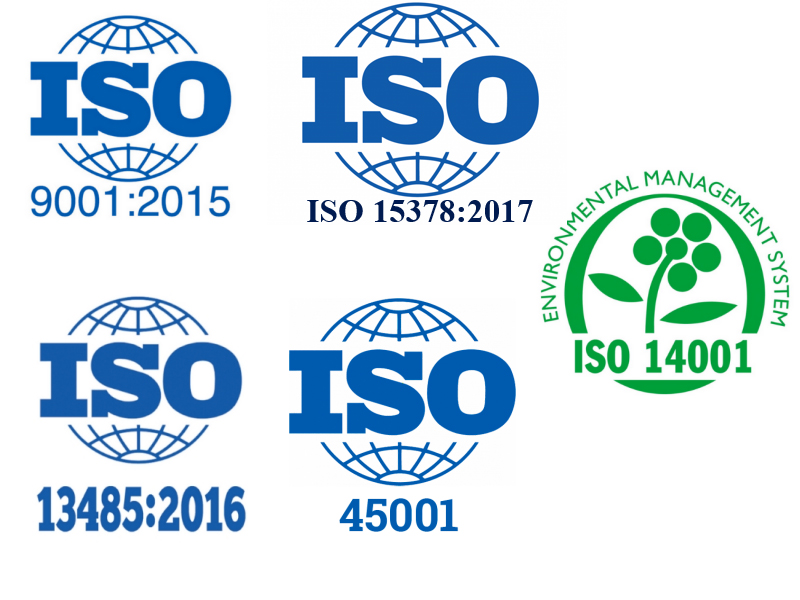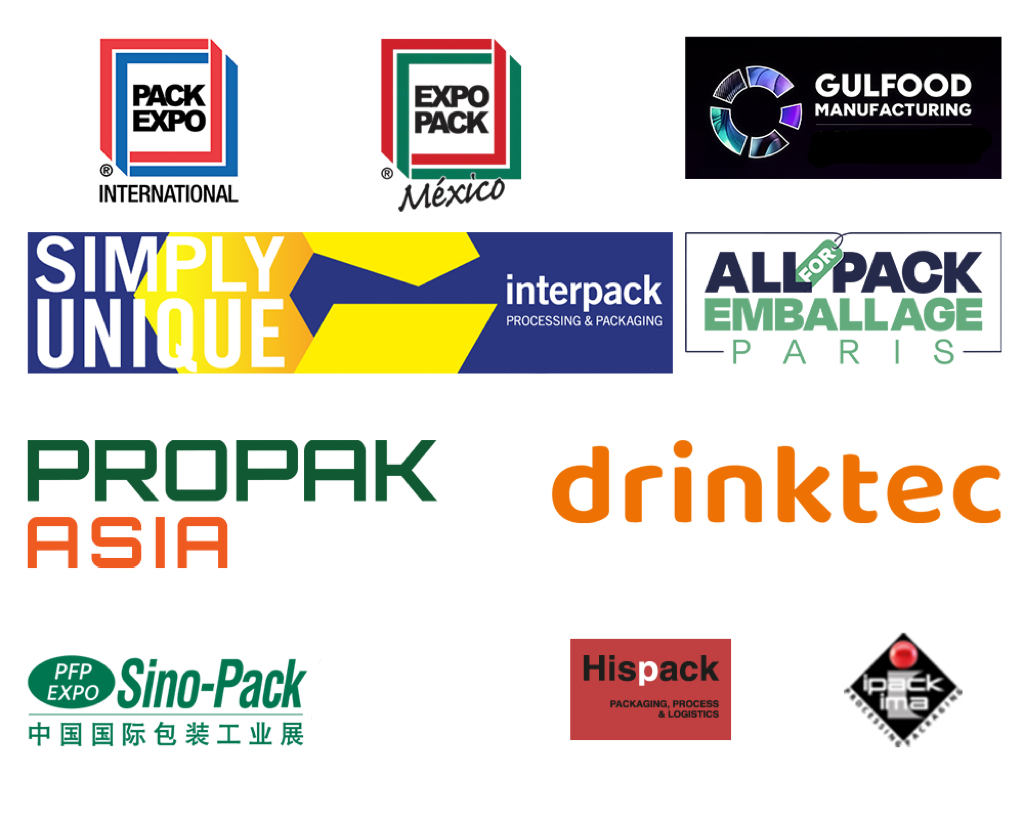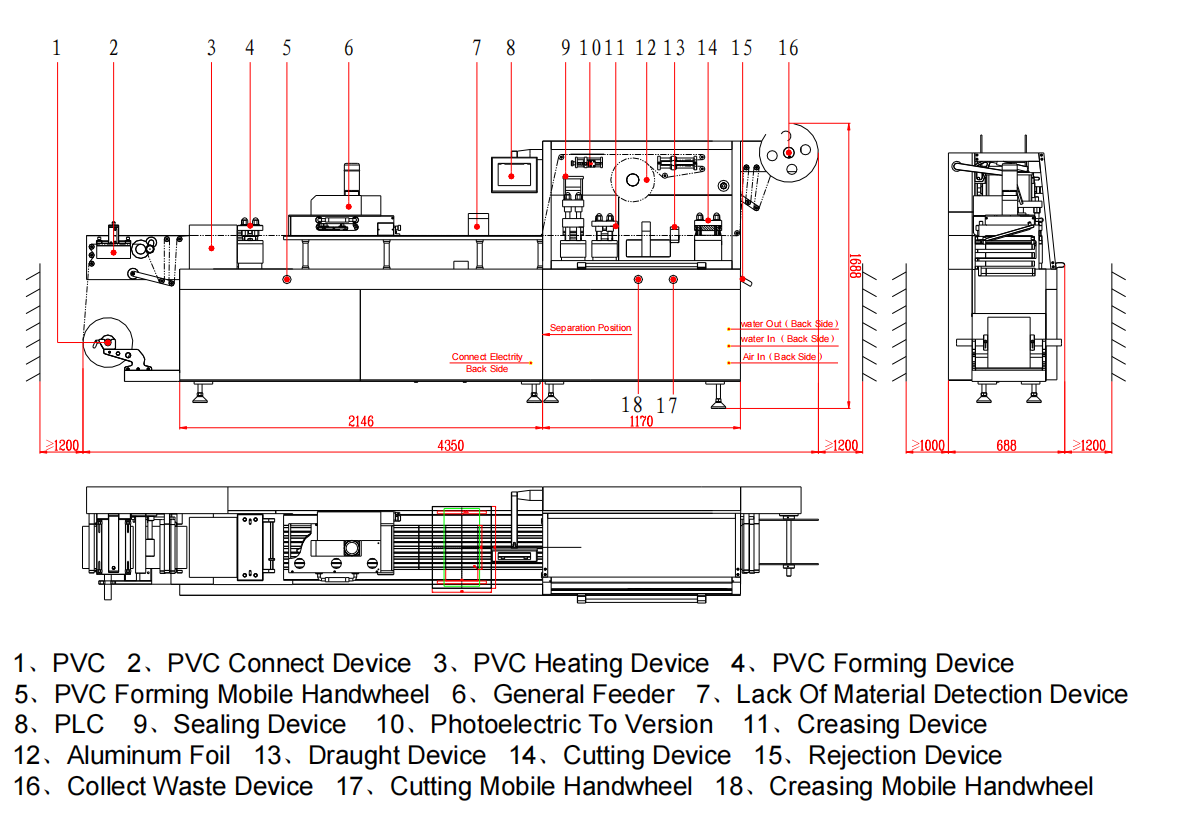Ever wondered how those tiny pills in your medicine cabinet are made? The answer lies in a fascinating piece of machinery called a rotary tablet press machine. This incredible device transforms powdered ingredients into perfectly shaped tablets that we use every day.

Overview
A rotary tablet press machine is an automated pharmaceutical device that creates tablets by compressing powder materials. Think of it as a giant cookie cutter that works at lightning speed. Instead of making one tablet at a time, this machine can produce thousands of tablets per hour.
The machine works like a merry-go-round. It has a rotating turret with multiple stations where the magic happens. As the turret spins, powder gets filled, compressed, and ejected as finished tablets. It’s like having many single-punch machines working together in perfect harmony.
Types of Rotary Tablet Press Machines
There are several types of rotary tablet press machines, each designed for different needs:
Single-sided Rotary Press
This is the basic model. It has one compression point and works well for simple tablet production. It’s perfect for small to medium-scale operations.

Double-sided Rotary Press
This advanced version has two compression points. It can produce tablets much faster than single-sided machines. Many large pharmaceutical companies prefer this type.

Multi-layer Tablet Press
This specialized machine creates tablets with multiple layers. Think of those vitamins with different colored layers – that’s where this machine shines.

High-speed Rotary Press
These machines are speed demons. They can produce over 100,000 tablets per hour. They’re used in large-scale production facilities.

What is the Use of Rotary Tablet Press Machine?
Rotary tablet press machines have many important uses:
Pharmaceutical Industry
The main use is making medicines. From pain relievers to vitamins, these machines create the tablets we rely on for our health.

Nutraceutical Production
Health supplements and dietary pills are also made using these machines. Those protein tablets and vitamin C pills? They likely came from a rotary press.

Food Industry
Some food products like bouillon cubes and candy tablets are made using similar technology.

Chemical Industry
Industrial tablets for water treatment and cleaning products are often manufactured using rotary presses.

Research and Development
Pharmaceutical companies use smaller rotary presses to test new formulations before large-scale production.

What is the Process of Rotary Press?
The rotary press process is like a well-choreographed dance with several steps:
Step 1: Feeding
Powder material flows into the machine through a hopper. The powder must be properly mixed and have the right flow properties.
Step 2: Die Filling
As the turret rotates, dies (molds) move under the feed frame. Powder fills these cavities to create the tablet shape.
Step 3: Weight Control
Excess powder gets scraped away to ensure each tablet has the same weight. This step is crucial for consistent quality.
Step 4: Pre-compression
The powder gets lightly compressed to remove air and create a stable form. This prevents problems during final compression.
Step 5: Main Compression
This is where the real magic happens. Upper and lower punches compress the powder with tremendous force, creating a solid tablet.
Step 6: Ejection
The finished tablet gets pushed out of the die and collected. The cycle then repeats for the next tablet.
Step 7: Collection
Tablets are gathered and sent for quality testing and packaging.
A rotary tablet press machine is a key piece of equipment in pharmaceutical, nutraceutical, and chemical industries for producing tablets of uniform size, weight, and hardness. The main components of a rotary tablet press include:
key components of rotary tablet press machine
1. Hopper
Stores the powder or granulated material before compression.

Ensures a continuous supply of material to the feeder system.
2. Feeder System (Feeder Frame & Feed Paddle)
Feeder Frame: Guides the powder into the die cavities.

Feed Paddle: Rotates to ensure uniform filling of dies, preventing air pockets or uneven distribution.
3. Die Table (Turret)
A rotating circular disk containing multiple dies (cavities where powder is compressed into tablets).

Made of hardened steel for durability.
4. Punches (Upper & Lower)
Upper Punches: Move vertically to compress the powder inside the die.

Lower Punches: Support the bottom of the die and help in ejection.

Made of high-quality steel to withstand compression forces.
5. Cam Tracks (Upper & Lower Cam Systems)
Control the movement of punches:

Pre-compression Cam: Initial compression to remove air.
Main Compression Cam: Applies maximum force for tablet formation.
Ejection Cam: Lifts the lower punch to eject the tablet.
6. Compression Rollers
Apply force to the punches during compression.
Pre-compression Roller: Reduces air entrapment.

Main Compression Roller: Ensures proper tablet hardness.

7. Pressure Adjustment System
Controls the compression force for consistent tablet hardness.

May include hydraulic or mechanical systems for fine-tuning.
8. Lubrication System
Reduces friction between punches and dies.

Ensures smooth operation and prolongs tooling life.
9. Control Panel (HMI & PLC)
Human-Machine Interface (HMI): Allows operators to adjust speed, pressure, and other parameters.

Programmable Logic Controller (PLC): Automates operations for precision and repeatability.
10. Safety Features
Emergency Stop Button
Interlocking Guards
Overload Protection (prevents damage due to excessive force)

11. Tooling (Dies & Punches)
Customized based on tablet shape (round, oval, capsule-shaped, etc.).

Must be regularly inspected for wear and tear.
12. Dust Extraction System
Removes excess powder to prevent contamination and ensure smooth operation.

13. Drive System (Motor & Gearbox)
Provides power to rotate the turret and control punch movements.

Single Punch Press vs Rotary Press: What’s the Difference?
Understanding the difference between these two machines helps you choose the right one:
Speed
Single punch presses make one tablet at a time. Rotary presses can make dozens simultaneously. It’s like comparing a bicycle to a bus – both get you there, but one carries many more passengers.
Production Volume
Single punch machines are perfect for small batches or research. Rotary presses excel at high-volume production.
Cost
Single punch machines cost less upfront. Rotary presses require bigger investments but offer better long-term value for large operations.
Complexity
Single punch machines are simpler to operate and maintain. Rotary presses need skilled operators and more complex maintenance.
Space Requirements
Single punch machines fit in smaller spaces. Rotary presses need more room due to their size and auxiliary equipment.
Flexibility
Single punch machines can quickly switch between different tablet types. Rotary presses take longer to change setups.
Advantages and Disadvantages of Rotary Tablet Press Machines
Advantages:
-
High Production Speed
These machines can produce thousands of tablets per hour, making them ideal for commercial production.
-
Consistent Quality
Automated processes ensure each tablet has the same weight, hardness, and appearance.
-
Cost-Effective
For high-volume production, the cost per tablet is much lower than manual methods.
-
Reduced Labor
Less human intervention means lower labor costs and fewer errors.
-
Precise Control
Modern machines offer exact control over compression force, tablet weight, and timing.
Disadvantages:
-
High Initial Cost
The upfront investment can be substantial, especially for smaller companies.
-
Complex Maintenance
These machines require skilled technicians and regular maintenance schedules.
-
Setup Time
Changing between different tablet formulations takes time and expertise.
-
Space Requirements
Large footprint means you need adequate facility space.
-
Training Needs
Operators need specialized training to run these complex machines safely.
Rotary Tablet Press Machine Price
Pricing varies widely based on features and capacity:
- Basic Models: $50,000 – $150,000
These work well for small to medium operations.
- Mid-range Models: $150,000 – $500,000
These offer better automation and higher speeds.
- High-end Models: $500,000 – $2,000,000
Top-tier machines with advanced features for large-scale production.
Remember, the machine cost is just the beginning. Factor in installation, training, maintenance, and tooling costs when planning your budget.
Final Words
Rotary tablet press machines are the workhorses of the pharmaceutical industry. They transform simple powders into the life-saving medications we depend on. While they require significant investment and expertise, their ability to produce high-quality tablets quickly and consistently makes them indispensable.
Whether you’re starting a pharmaceutical business or simply curious about how tablets are made, understanding these machines gives you insight into modern manufacturing. The next time you take a tablet, you’ll appreciate the sophisticated technology that made it possible.
Choosing the right rotary tablet press depends on your production needs, budget, and long-term goals. Start by clearly defining your requirements, then consult with equipment specialists to find the perfect machine for your operation.






